Whether you’re building a new home, renovating an existing one, or just trying to fix a frustrating pipe leak, selecting the right type of piping for your plumbing system is a crucial decision. In Kenya, like many parts of the world, three main types of plastic pipes dominate residential plumbing: PPR (Polypropylene Random Copolymer), PVC (Polyvinyl Chloride), and HDPE (High-Density Polyethylene). Each of these materials boasts its own unique set of properties, advantages, and disadvantages, making them suitable for different applications and budgets.
Choosing the wrong type of pipe can lead to costly repairs, frequent leaks, and even health concerns down the line. That’s why we’ve put together this comprehensive guide to break down the key differences between PPR, PVC, and HDPE pipes, specifically with the needs and conditions of Kenyan homes in mind. By the end of this read, you’ll be equipped with the knowledge to make informed decisions and ensure a robust, reliable, and leak-free plumbing system for years to come.
Understanding the Contenders: A Closer Look at PPR, PVC, and HDPE
Before we delve into the comparisons, let’s take a moment to understand the fundamental characteristics of each pipe material:
1. PPR (Polypropylene Random Copolymer) Pipes:
- What is it? PPR is a thermoplastic polymer known for its high heat resistance, making it an excellent choice for both hot and cold water systems. It’s typically connected using a heat fusion method, creating strong, leak-proof joints.
- Key Characteristics:
- Excellent Heat Resistance: Can withstand high temperatures without degradation, ideal for hot water supply.
- Chemical Resistance: Resistant to a wide range of chemicals, ensuring water quality is maintained.
- Durability and Longevity: Offers a long service life, often exceeding 50 years.
- Smooth Inner Surface: Reduces friction and prevents the buildup of scale and deposits, maintaining good water flow.
- Relatively Lightweight: Easy to handle and transport.
- Joining Method: Requires specialized heat fusion equipment, which ensures strong, seamless joints when done correctly.
- Common Applications in Kenyan Homes: Hot and cold potable water distribution, radiator connections, and some industrial applications.
2. PVC (Polyvinyl Chloride) Pipes:
- What is it? PVC is a rigid and cost-effective thermoplastic polymer widely used for cold water and drainage systems. It’s typically joined using solvent cement (glue).
- Key Characteristics:
- Cost-Effective: Generally, the most affordable option among the three.
- Good Chemical Resistance: Resistant to many chemicals, making it suitable for drainage.
- Rigid and Strong: Can withstand external pressure.
- Easy Installation: Solvent cement joining is relatively straightforward, though it requires proper technique and ventilation.
- Not Suitable for Hot Water: Can soften and degrade at high temperatures.
- Common Applications in Kenyan Homes: Cold water supply lines, drainage and waste systems (sewage, rainwater), and some low-pressure irrigation.
3. HDPE (High-Density Polyethylene) Pipes:
- What is it? HDPE is a flexible and extremely durable thermoplastic polymer known for its high resistance to impact, corrosion, and chemicals. It’s often joined using heat fusion or mechanical fittings.
- Key Characteristics:
- Exceptional Durability and Flexibility: Can withstand ground movement and seismic activity.
- High Chemical Resistance: Resistant to a broad range of aggressive chemicals.
- Corrosion and Abrasion Resistant: Ideal for underground applications and areas with aggressive soil conditions.
- Long Lifespan: Can last for over 50 years with proper installation.
- Variety of Joining Methods: Can be heat fused (butt fusion, electrofusion) for leak-proof joints or connected with mechanical compression fittings.
- Lower Pressure Rating (Generally): While highly durable, standard HDPE may have lower pressure ratings compared to some PPR and specialized PVC options.
- Common Applications in Kenyan Homes: Main water supply lines (especially underground), irrigation systems (especially for larger farms), and some industrial applications.
The Head-to-Head: PPR vs. PVC vs. HDPE – Key Comparison Factors for Your Kenyan Home
Now that we have a basic understanding of each pipe type, let’s compare them across crucial factors relevant to your plumbing needs in Kenya:
1. Suitability for Hot Water:
- PPR: The clear winner here. Its excellent heat resistance makes it ideal for hot water supply systems, ensuring longevity and preventing pipe degradation.
- PVC: Not suitable for hot water. Exposure to high temperatures can cause it to soften, deform, and potentially release harmful chemicals.
- HDPE: While some specialized high-temperature HDPE grades exist, standard HDPE is generally recommended for cold water applications. PPR is the more common and cost-effective choice for residential hot water in Kenya.
2. Suitability for Cold Water:
- PPR: Excellent for cold water supply, offering durability and maintaining water quality.
- PVC: A very common and cost-effective option for cold water lines.
- HDPE: Also suitable for cold water supply, particularly for main lines and underground installations where its flexibility and durability are advantageous.
3. Drainage and Waste Systems:
- PPR: Can be used for low-temperature waste lines, but PVC is generally the more economical and widely used option for this purpose in Kenya.
- PVC: The standard choice for drainage, waste, and vent (DWV) systems due to its chemical resistance and cost-effectiveness.
- HDPE: Can be used for certain drainage applications, especially in industrial or more demanding environments due to its chemical resistance and flexibility, but PVC is more common for residential use.
4. Installation:
- PPR: Requires specialized heat fusion equipment, which melts the pipe and fitting together to create a seamless joint. While this ensures a strong and leak-proof connection, it necessitates the right tools and proper training.
- PVC: Joined using solvent cement (glue), which is a relatively simple process but requires careful application and adequate ventilation. Incorrect gluing can lead to weak or leaking joints.
- HDPE: Can be joined using heat fusion (butt fusion, electrofusion), mechanical compression fittings, or flanged connections. Heat fusion methods create very strong and reliable joints but require specialized equipment. Mechanical fittings are easier for DIYers but may be more prone to leaks over time if not properly installed.
5. Cost:
- PVC: Generally, the most affordable option for both the pipes and the joining materials (solvent cement is relatively inexpensive).
- HDPE: Typically, more expensive than PVC, especially when considering heat fusion equipment or the cost of professional installation. Mechanical fittings can offer a more accessible but potentially more expensive long-term solution.
- PPR: The cost of PPR pipes falls somewhere between PVC and HDPE. The initial investment might be higher than PVC due to the cost or rental of heat fusion equipment, but the long-term benefits of leak-proof joints and durability can outweigh this.
6. Durability and Longevity:
- PPR: Offers excellent durability and a long lifespan, especially in hot water applications where PVC would degrade.
- PVC: Durable for cold water and drainage but can become brittle over time and is susceptible to UV degradation if exposed to direct sunlight.
- HDPE: Exceptionally durable and resistant to a wide range of environmental factors, offering a very long service life, particularly in underground installations.
7. Environmental Considerations:
- PVC: Production of PVC involves chlorine and can release harmful dioxins if incinerated improperly. However, it is recyclable.
- HDPE and PPR: Generally considered more environmentally friendly than PVC in terms of production and recyclability.
Making the Right Choice for Your Kenyan Home: Factors to Consider
Choosing the best type of pipe for your residential plumbing system in Kenya involves considering several key factors:
- Application: Is it for hot water, cold water, or drainage? PPR is best for hot water, PVC for cold water and drainage, and HDPE for main water lines and irrigation.
- Budget: PVC is generally the most budget-friendly upfront, but consider the long-term costs of potential leaks and repairs with less durable options in certain applications.
- Installation Skill and Equipment: Are you a DIY enthusiast willing to invest in or rent heat fusion equipment for PPR or HDPE? Or do you prefer the simpler solvent cement joining of PVC? Consider the availability of skilled plumbers in your area familiar with each type of pipe.
- Climate and Environmental Conditions: In hotter regions of Kenya, the heat resistance of PPR for hot water is a significant advantage. The flexibility and corrosion resistance of HDPE are beneficial for underground lines that may experience soil movement or aggressive soil conditions. UV exposure can affect PVC over time if not protected.
- Water Quality: All three materials are generally suitable for potable water, but PPR’s smooth inner surface and resistance to scale buildup can be advantageous in areas with hard water.
- Long-Term Reliability: Consider the expected lifespan of each material and the potential for leaks and maintenance over time. Investing in a slightly more expensive but more durable option like PPR or HDPE for critical applications can save you money in the long run.
Our Recommendation at Winstar Hardware
At Winstar Hardware, we stock a comprehensive range of high-quality PPR, PVC, and HDPE pipes and fittings to meet the diverse needs of our community.
- For Hot Water Systems: We strongly recommend PPR pipes for their superior heat resistance, durability, and leak-proof heat fusion joints.
- For Cold Water Distribution and Drainage: PVC pipes offer a cost-effective and reliable solution when installed correctly.
- For Main Water Supply Lines and Irrigation: HDPE pipes provide exceptional durability, flexibility, and resistance to environmental factors, making them an excellent choice for underground applications.
Our knowledgeable team is always available to discuss your specific project requirements, answer your questions, and help you choose the best type of pipes and fittings for your Kenyan home and budget. We can also advise you on the necessary tools and best installation practices.
Invest in Quality Plumbing for a Worry-Free Future
Choosing the right pipes is a fundamental step in ensuring a reliable and efficient plumbing system for your home. By understanding the unique characteristics of PPR, PVC, and HDPE pipes and considering the specific needs of your Kenyan home, you can make informed decisions that will contribute to a leak-free future and save you time, money, and unnecessary stress.
Visit us at Winstar Hardware in Dagoretti, Naivasha and Nakuru today – we’re more than just a supplier; we’re your partners in building and maintaining a comfortable and functional home.
Share your insights and questions in the comments below!


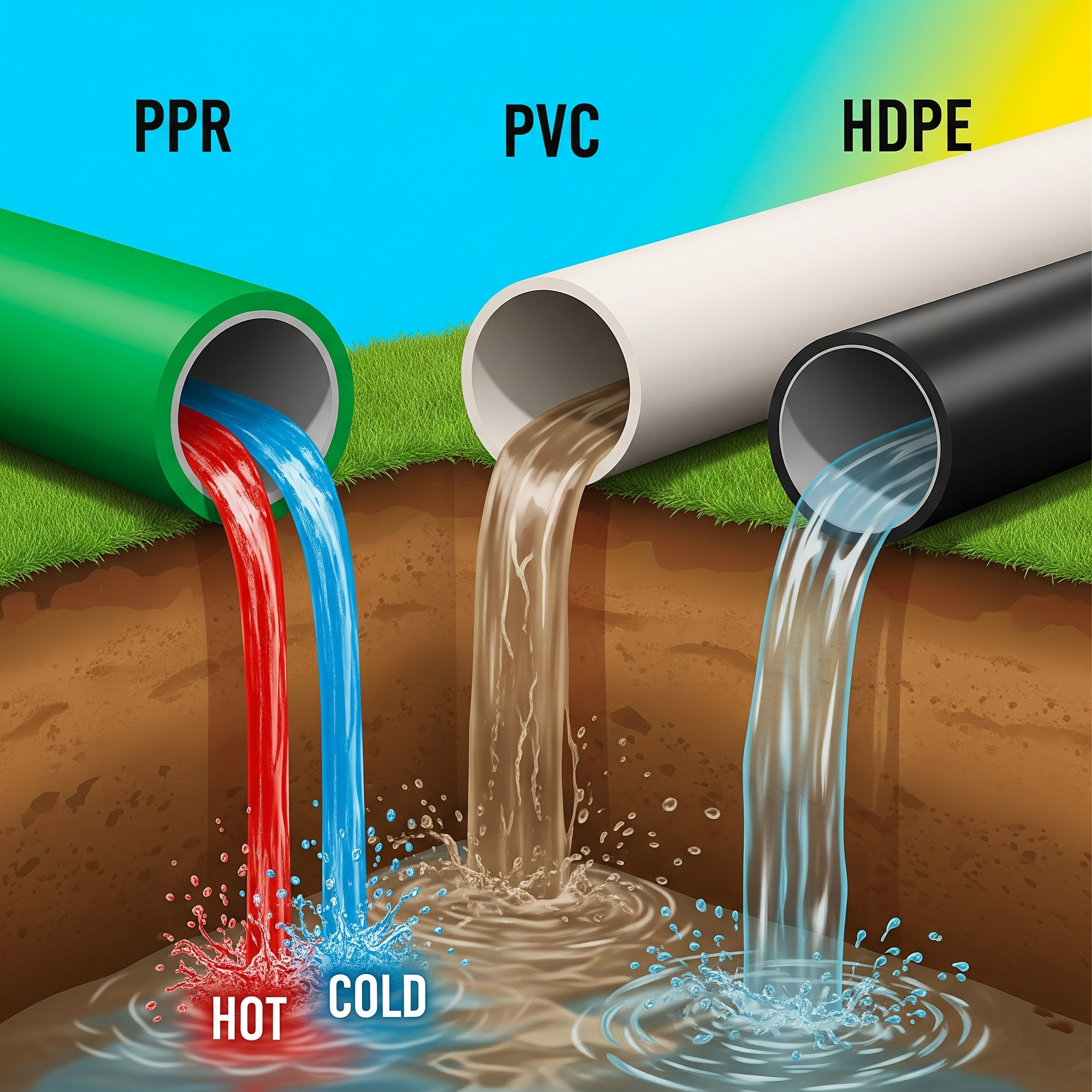
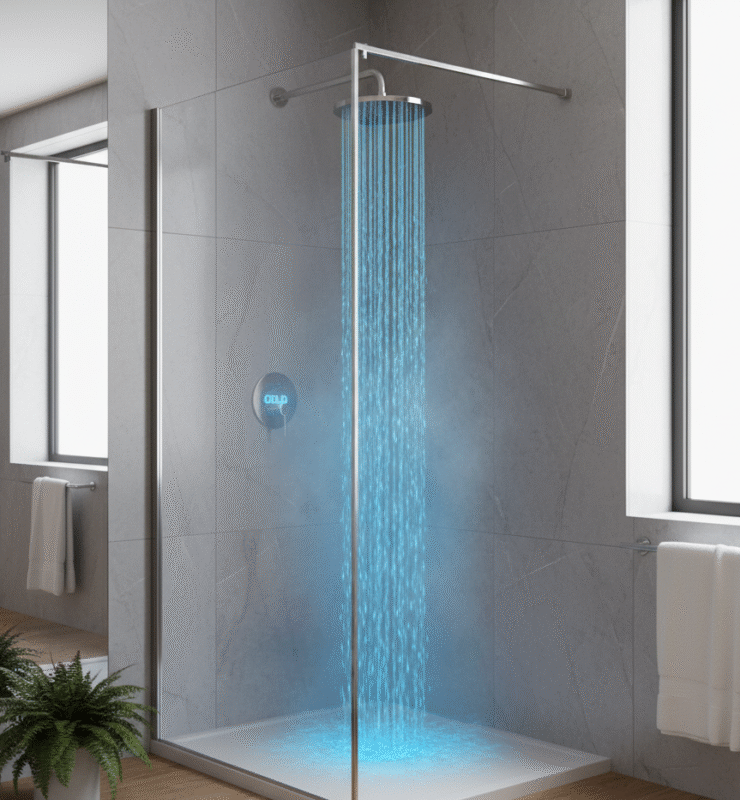
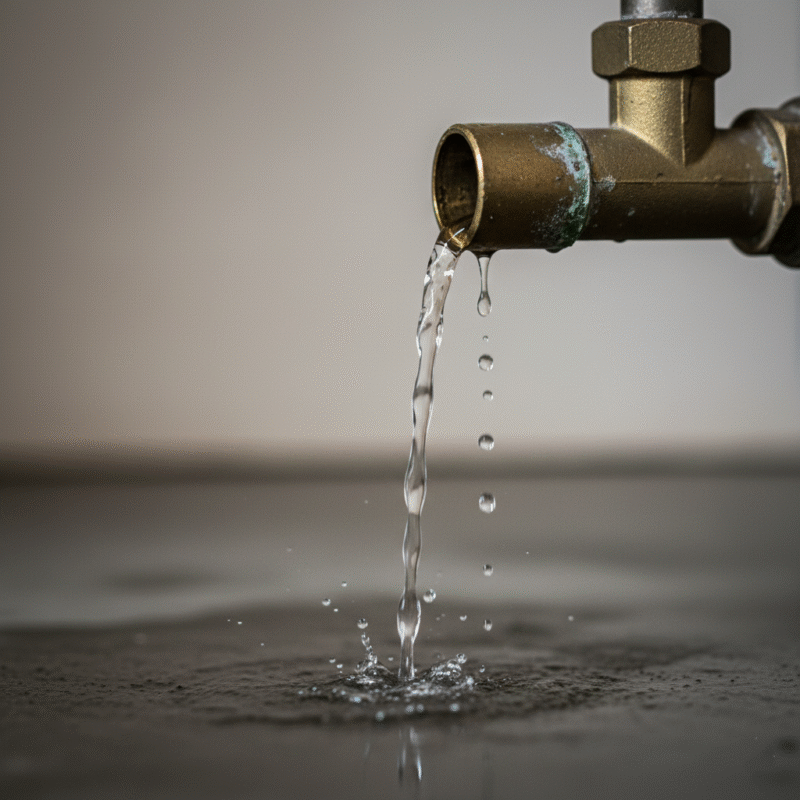
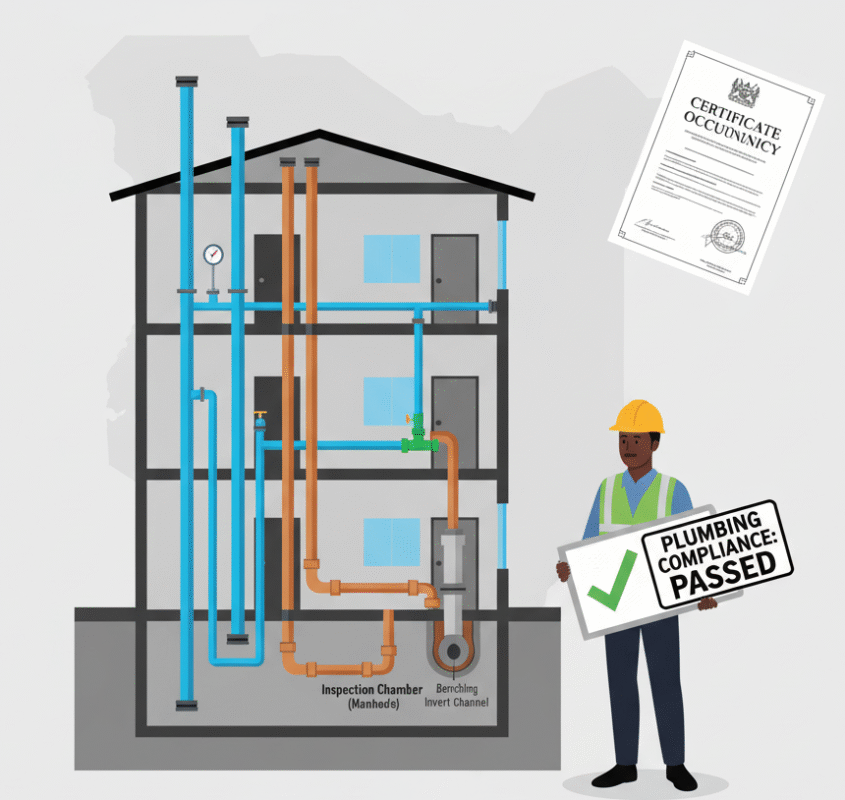
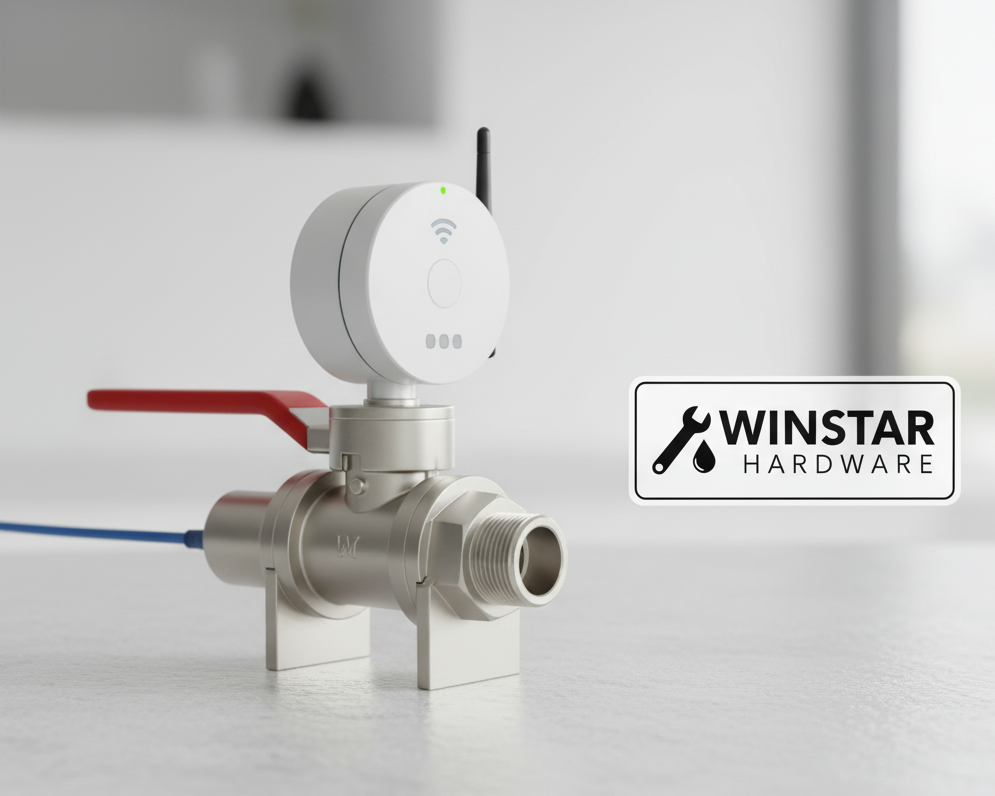
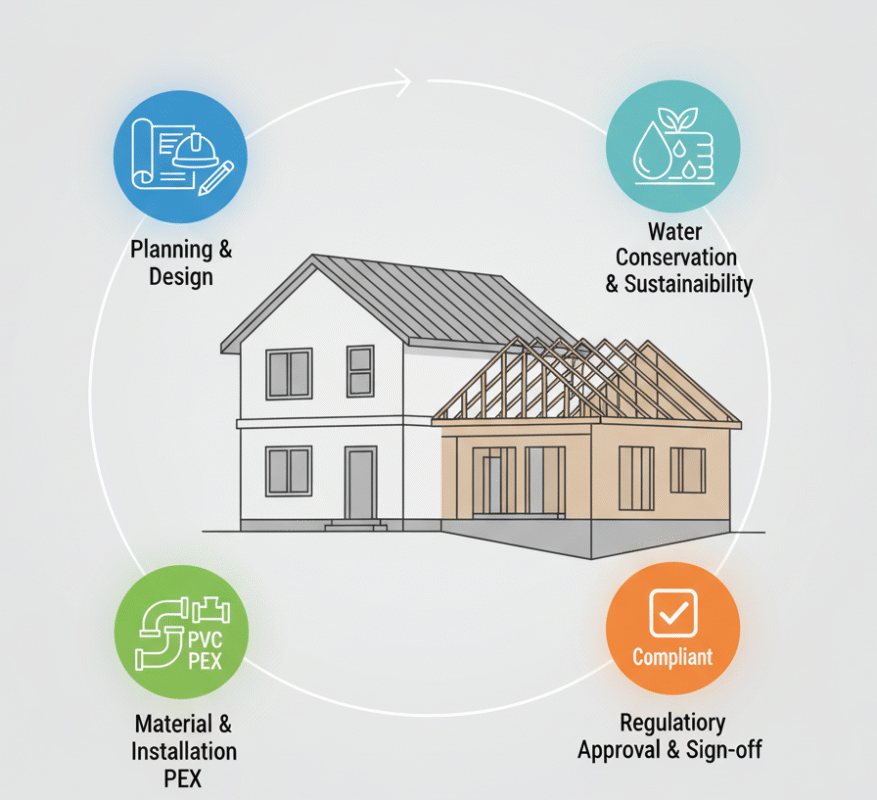
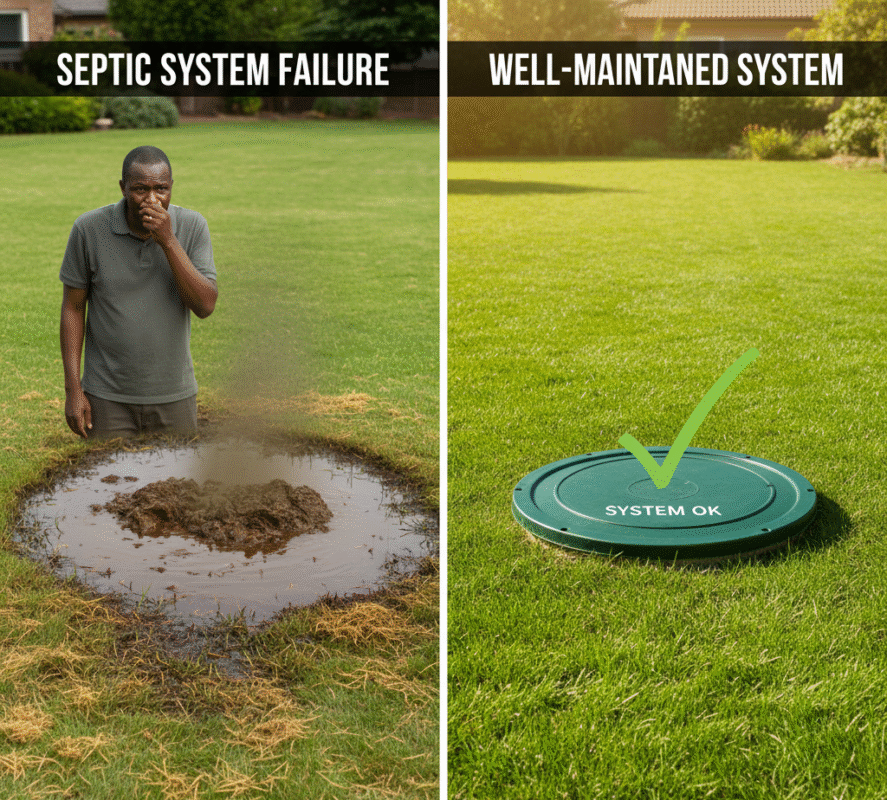
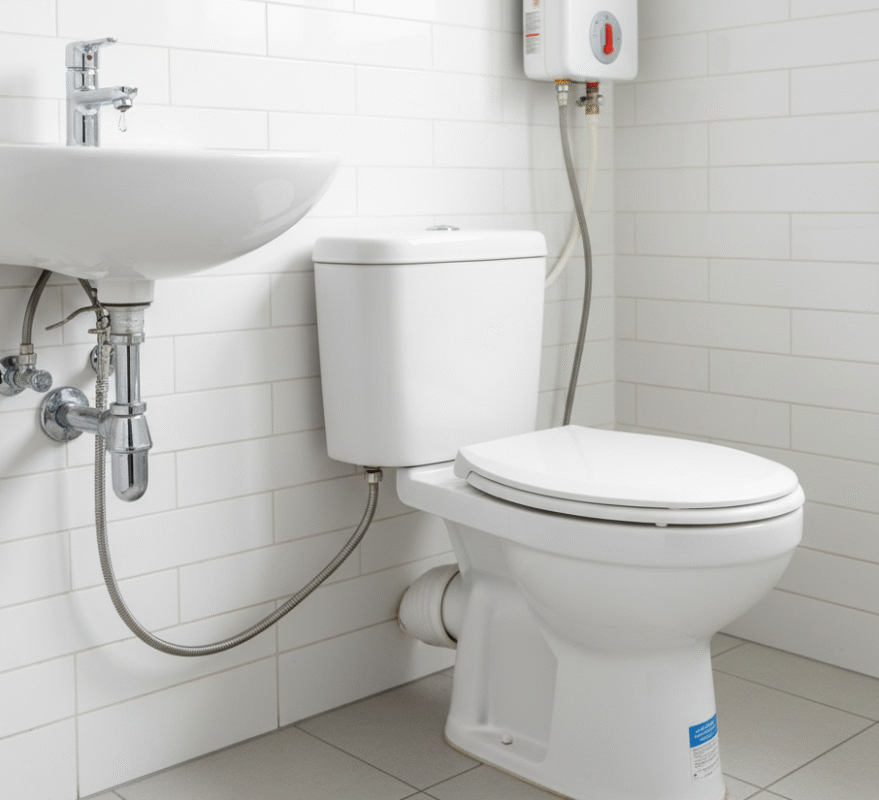
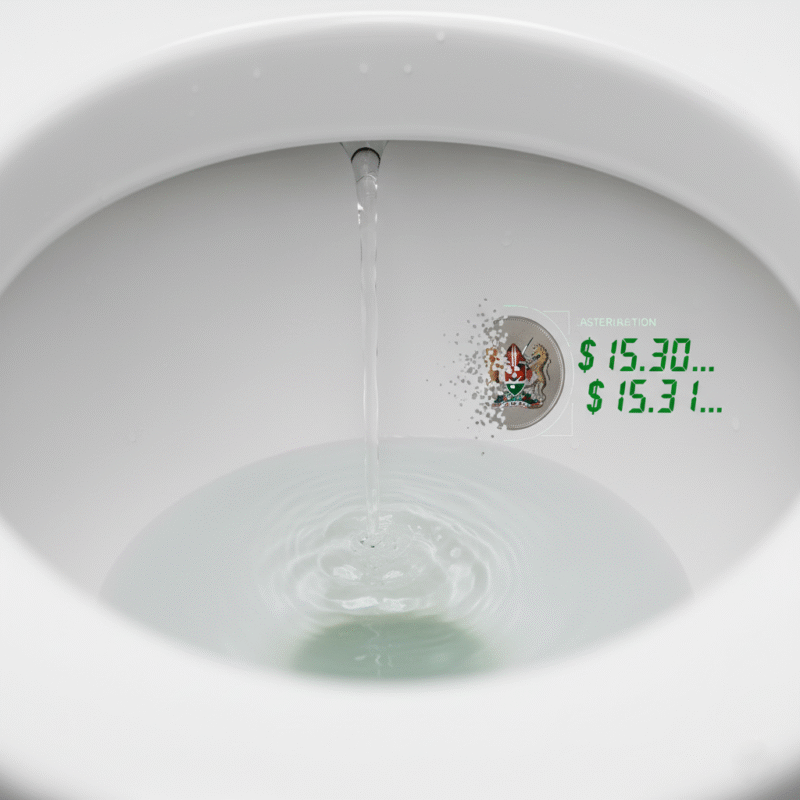
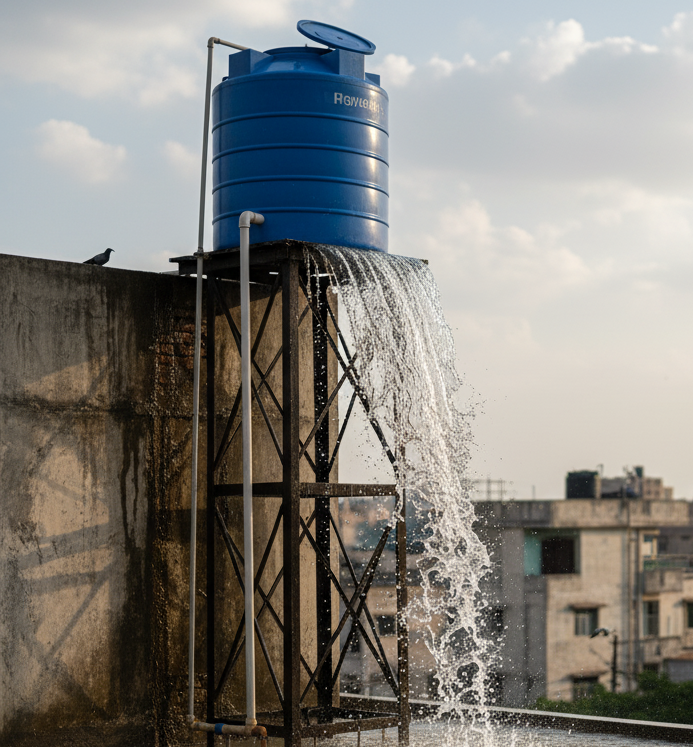
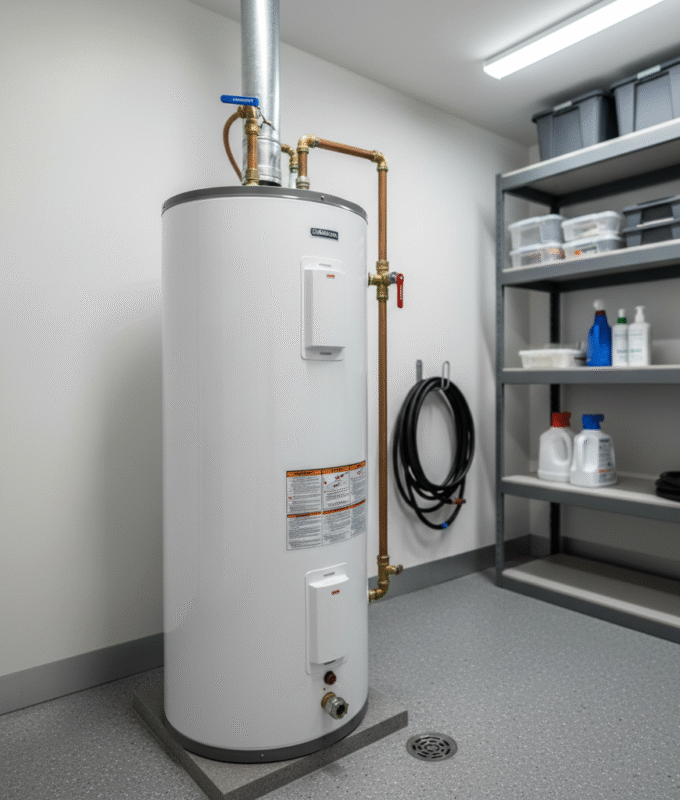
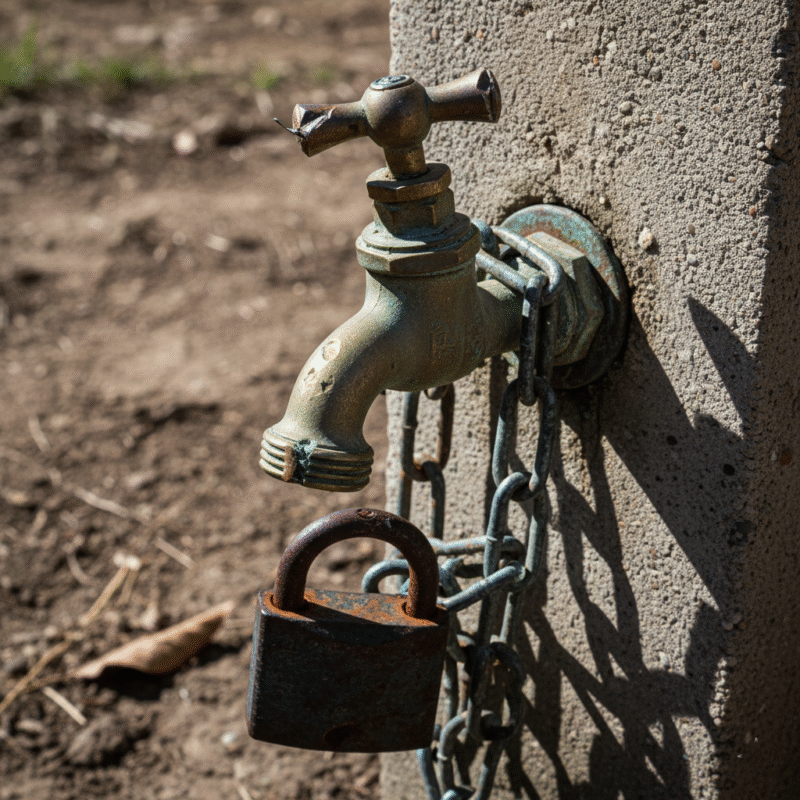
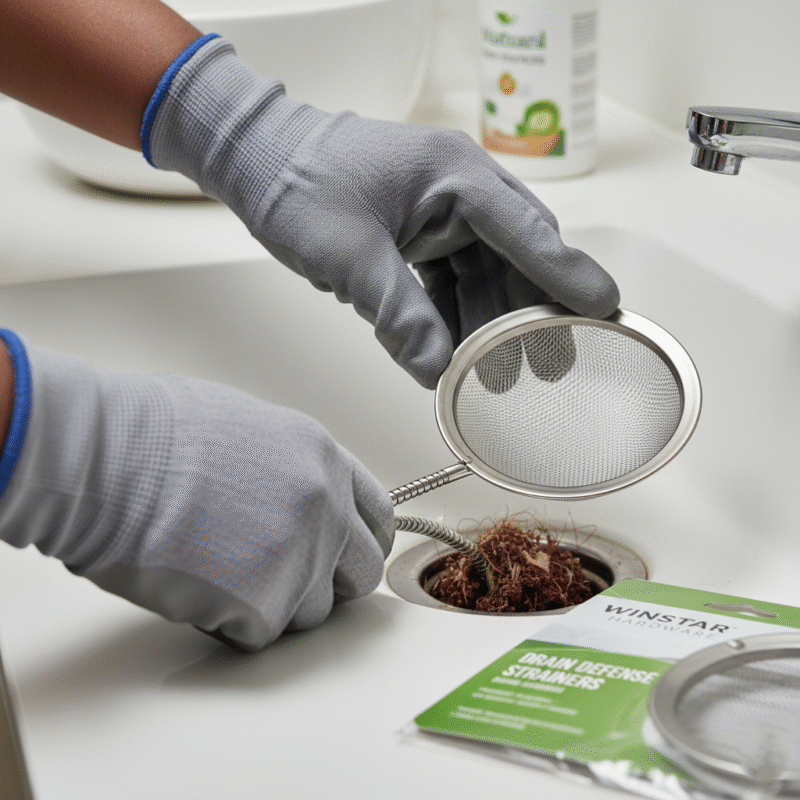









One thought on “Choose the Right Pipes for Your Kenyan Home”